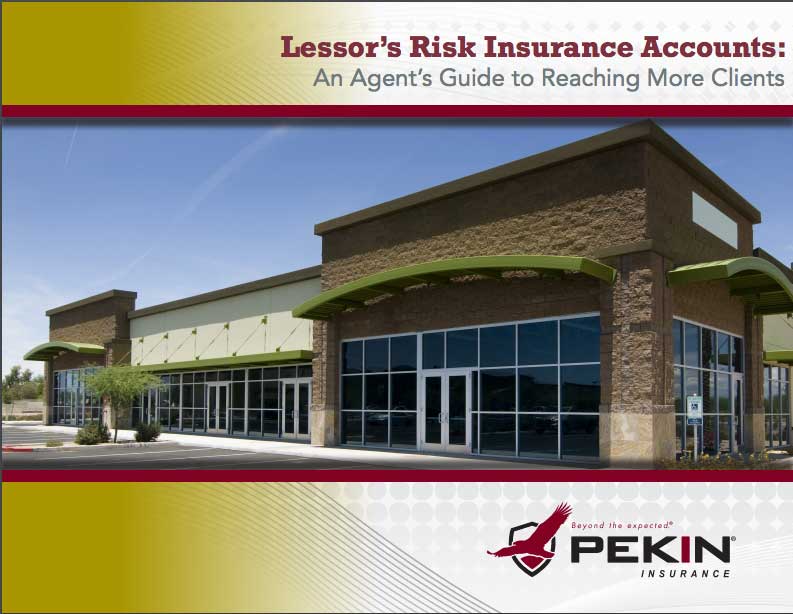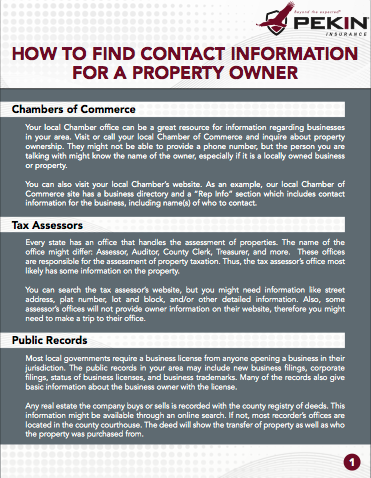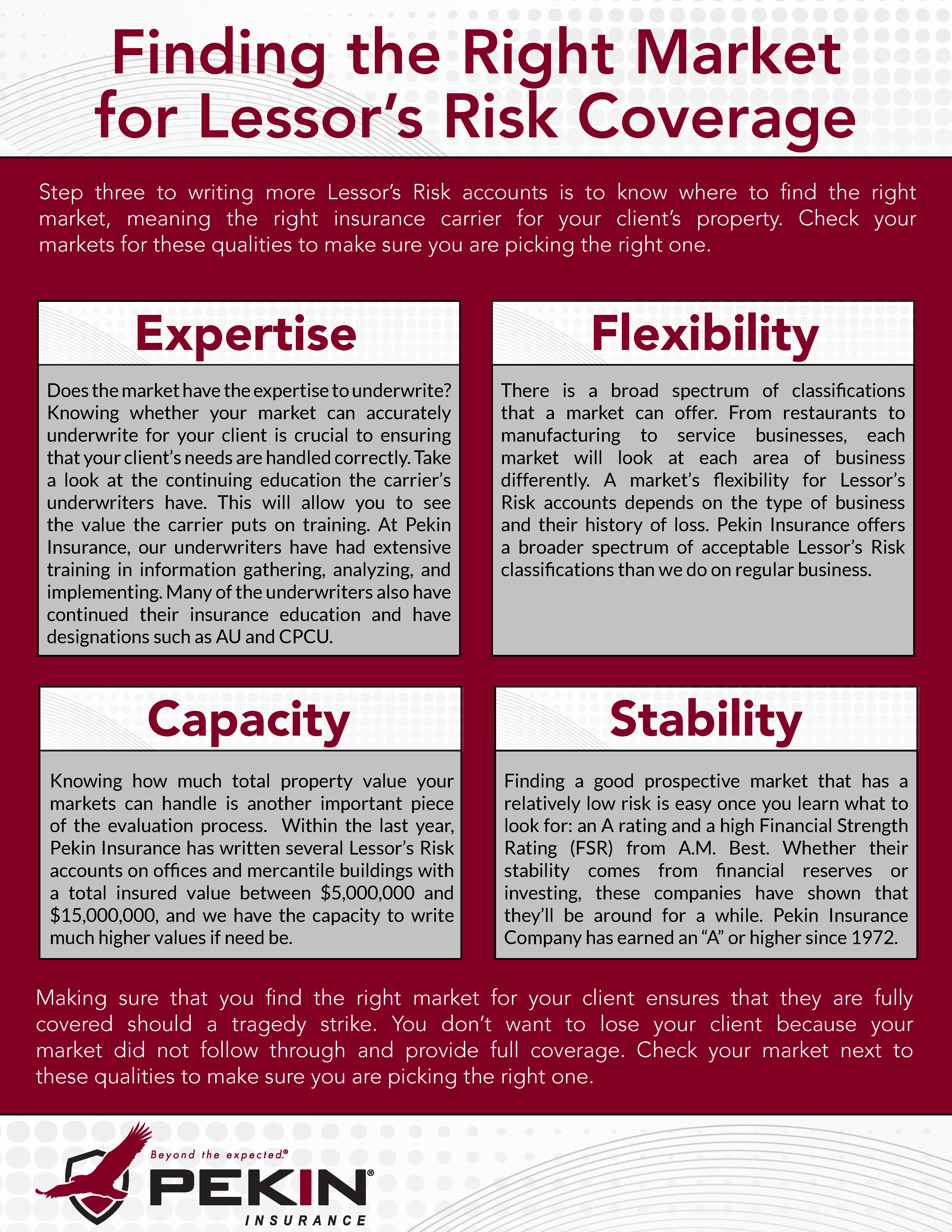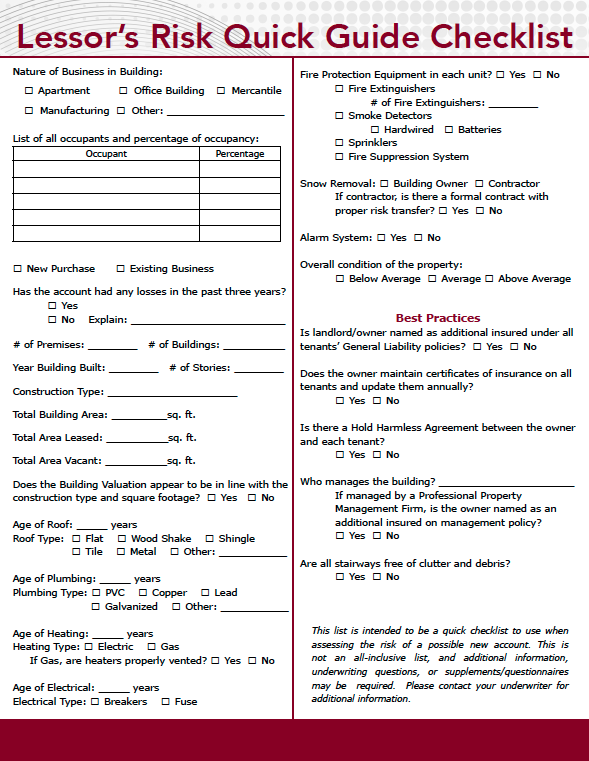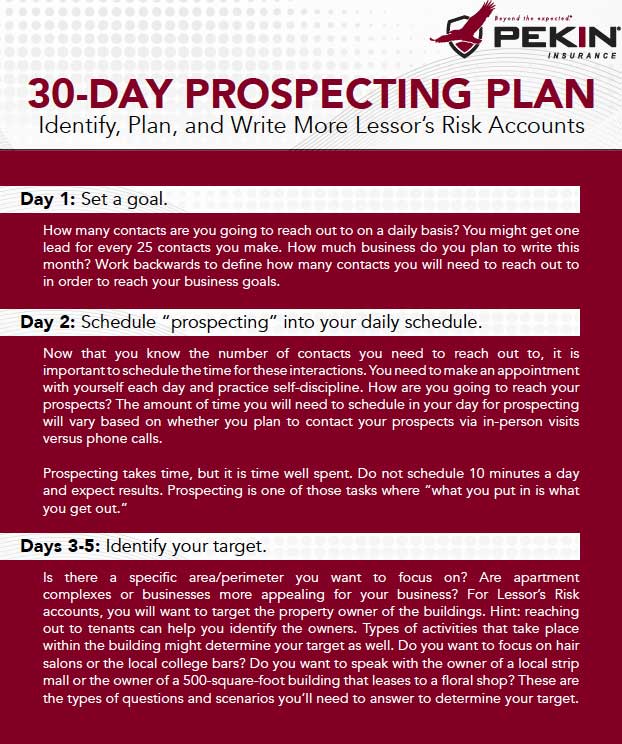Knowing what kind of liability your client’s tenants’ activities will generate is important to getting them insurance coverage. Different kinds of businesses hold different levels of risk, so before you sign a new client, consider the pros and cons of the types of businesses tenants operate in your client’s building. The risk of the tenants’ businesses can affect whether your client will qualify for coverage with various companies or not.
Example A: High Risk
Let’s say a police station rents out part of your client’s building because they are in a prime downtown location. This would be a high-risk business as the presence of fire arms and heavy foot track increases the chances for injury.
Example B: Medium Risk
Having a restaurant renting from your client may bring more foot traffic, but it also brings more risk. Asking questions like what percentage of sales are alcohol and how late is the bar open will allow you to figure out how much potential risk the tenant brings. Anytime alcohol is involved it raises the risk of an accident as it opens up the opportunity for more accidents to happen on the property. This would be a medium risk and needs to be highly considered before any policy can be written.
Example C: Low Risk
On the other hand, having a hair salon or barbershop tenant holds relatively low risk. The foot traffic will be light, and these types of businesses are not high-risk operations. This is a type of risk that would be a good business to consider as you are looking for more clients.
Different types of tenants impact the level of risk at the insured’s location and can affect acceptability as well as policy pricing. However, any tenant should be required to provide a certificate of insurance showing that the building owner has been named as an additional insured on the tenant’s policy. This is why it is important to know your client’s tenants’ activities to ensure you are aware of the risk at your client’s location. It’s also important to convey to your client the importance of keeping you up to date on the change of any tenants as this can dramatically change the exposure. Doing your research now will help prevent problems in the future.

